In the annals of Chilean cultural history, the name Violeta Parra shines like a vibrant thread in the rich tapestry of folkloric expression. Born on October 4, 1917, in San Fabián de Alico, Chile, Violeta Parra became an iconic figure, leaving an indelible mark as a singer, songwriter, visual artist, and social activist. This blog embarks on a journey through the captivating biography of Violeta Parra, exploring her multifaceted contributions to Chilean folklore, the arts, and the broader landscape of Latin American cultural heritage.
Early Life and Rural Roots:
Violeta Parra’s life began in the picturesque landscapes of the Chilean countryside, where she was immersed in the sounds, stories, and traditions of rural life. Raised in a large, musically inclined family, Parra’s early exposure to the rhythms of cueca and tonada sowed the seeds of her future artistic endeavors. The rural surroundings, with their natural beauty and indigenous influences, would later find profound expression in her creative works.
Folkloric Exploration and Collecting:
As a young woman, Violeta Parra embarked on a journey across Chile to collect and document the country’s diverse folk traditions. Armed with a recording device, she traversed remote villages, capturing the authentic voices of the people. Parra’s commitment to preserving Chile’s folk heritage went beyond the merely musical; she documented the stories, customs, and idioms that constituted the cultural mosaic of her homeland.
Visual Arts and Expressionism:
Violeta Parra’s artistic prowess extended beyond music into the realm of visual arts. Her paintings, characterized by vibrant colors and a distinctive expressionist style, reflected the soulful narratives of Chilean life. Parra’s artwork served as a visual counterpart to her musical compositions, creating a multidimensional representation of the cultural identity she sought to convey.
The Peñas and Folkloric Spaces:
Parra’s commitment to fostering a sense of collective cultural identity led her to establish “peñas,” intimate spaces where musicians, poets, and artists could come together to celebrate Chilean folklore. These peñas became cultural hubs, fostering collaboration and creativity among artists. Parra’s vision was not just about preserving tradition but creating a living, breathing space for the evolution of Chilean folk expression.
Musical Legacy:
Violeta Parra’s musical contributions are immeasurable, transcending the confines of traditional folk. Her compositions, often rooted in the indigenous sounds of Chile, encompassed a wide range of genres, from cueca and tonada to the heartfelt ballads known as “nueva canción chilena.” Her music became a sonic exploration of the Chilean soul, capturing the beauty, pain, and resilience embedded in the country’s history.
La Peña de los Parra:
In Santiago, Violeta Parra established “La Peña de los Parra,” a cultural space where her family—many of whom were talented musicians—performed and celebrated Chilean folklore. This familial collaboration further enriched the musical legacy of the Parra name. The peña became a haven for artists and intellectuals, fostering an environment of creativity and cultural exploration.
International Influence and Nueva Canción Chilena:
Violeta Parra’s impact extended far beyond Chile, reaching international audiences and influencing a generation of musicians. Her work played a pivotal role in the emergence of “nueva canción chilena,” a movement that sought to use music as a tool for social commentary and political expression. Parra’s compositions became anthems of resistance, resonating with a global audience during a time of political and social upheaval.
Social Activism and Political Engagement:
Violeta Parra’s art was inseparable from her commitment to social justice. In the 1960s, during a period of political turbulence in Chile, she actively engaged in political activism, aligning herself with progressive movements. Her music became a voice for the disenfranchised, addressing issues of inequality, poverty, and the rights of the marginalized.
The Arpilleristas and Social Art:
Parra’s engagement with social causes extended to her involvement with the “arpilleristas,” women who created arpilleras—textile art pieces that depicted the harsh realities of life under oppressive regimes. Through this collaborative effort, Parra used art as a tool for social commentary, creating visual narratives that spoke truth to power and amplified the voices of those often silenced.
International Exhibitions and Recognition:
Violeta Parra’s artistic brilliance was not confined to Chile; her work was showcased in international exhibitions. Her visual art, with its evocative themes and bold colors, garnered recognition on a global scale. Parra’s ability to seamlessly blend visual and auditory expressions of culture contributed to her status as a revered cultural ambassador.
The Violeta Parra Foundation:
Violeta Parra’s enduring legacy is upheld by the Violeta Parra Foundation, established by her family to preserve and promote her cultural contributions. The foundation serves as a custodian of her vast body of work, ensuring that future generations have access to the wealth of artistic and folkloric treasures Parra left behind.
Personal Struggles and Tragedy:
Despite her artistic triumphs, Violeta Parra faced personal struggles, including failed marriages and financial difficulties. Tragically, on February 5, 1967, Parra took her own life. Her passing left a void in the cultural landscape of Chile, but her legacy continued to resonate, growing in significance as subsequent generations embraced her contributions.
Posthumous Recognition and Influence:
In death, Violeta Parra’s influence has only intensified. Her legacy reverberates through the works of countless artists who have been inspired by her commitment to cultural preservation, social justice, and artistic expression. The nueva canción movement she helped shape laid the groundwork for a genre of music that continues to be a powerful force for change in Latin America and beyond.
Conclusion:
Violeta Parra’s biography is a poignant narrative that weaves together the threads of music, art, and activism. Her life was a journey through the landscapes of Chilean folklore, a passionate exploration of identity, and a fervent call for social justice. As a singer, songwriter, visual artist, and social activist, Parra’s contributions have left an indelible mark on the cultural heritage of Chile and the broader Latin American landscape.
In the chords of her guitar, the hues of her paintings, and the impassioned verses of her songs, Violeta Parra lives on—a cultural luminary whose legacy transcends time. Her biography is an ode to the transformative power of art, a testament to the enduring impact one woman can have in shaping the cultural narrative of a nation and inspiring generations to embrace the beauty and complexity of their own heritage. Violeta Parra, in her art and activism, remains a timeless muse whose spirit continues to resonate in the vibrant expressions of Latin American culture.
.- Youtube Feature Video: Violeta Parra “Gracias a la vida” Link here.


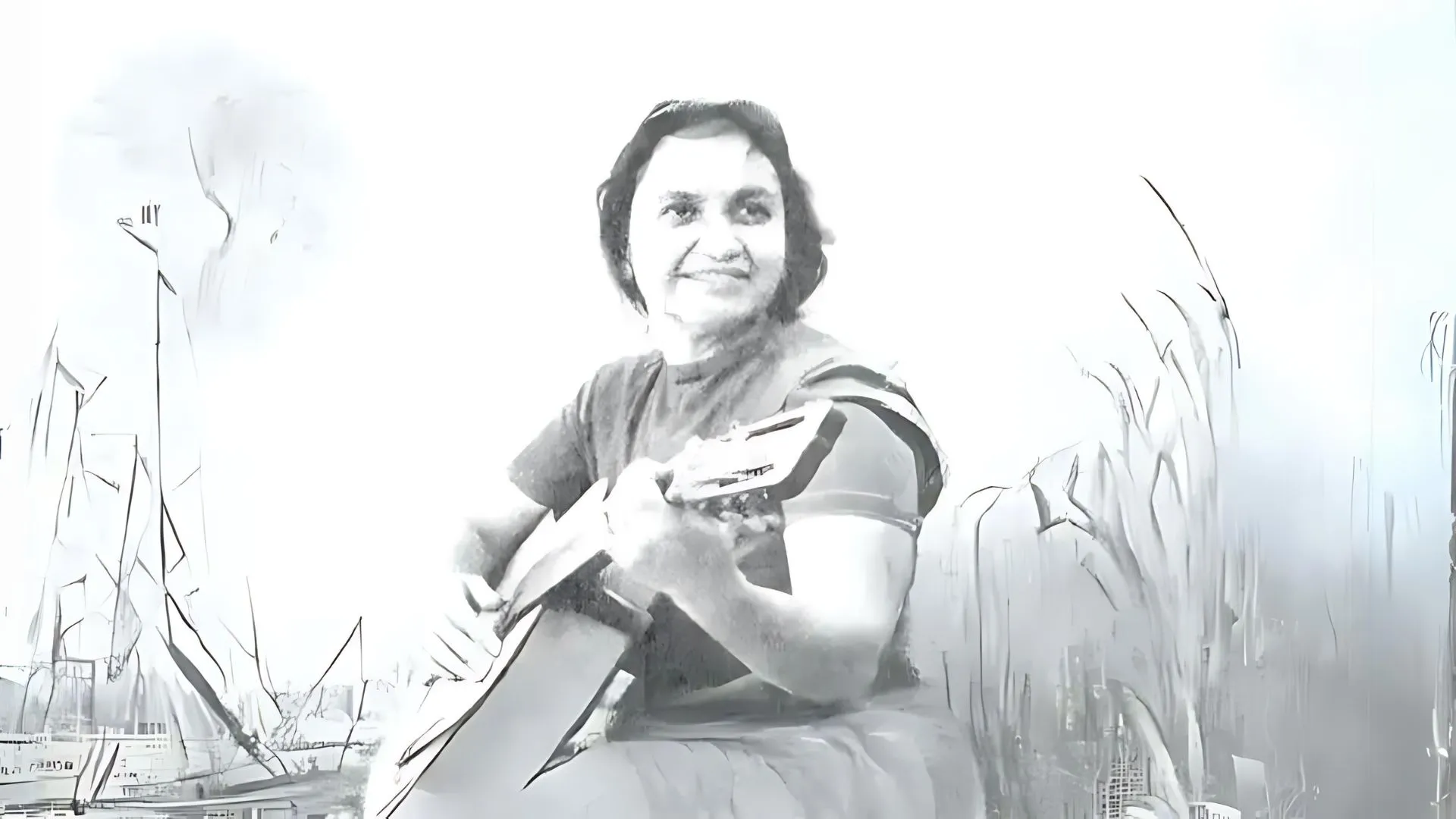

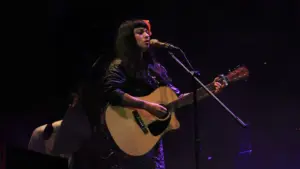
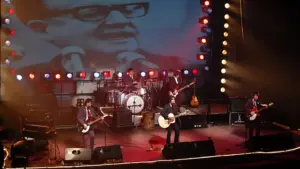


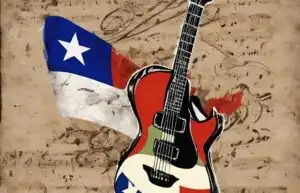




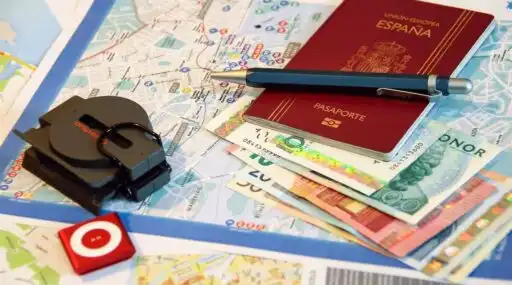
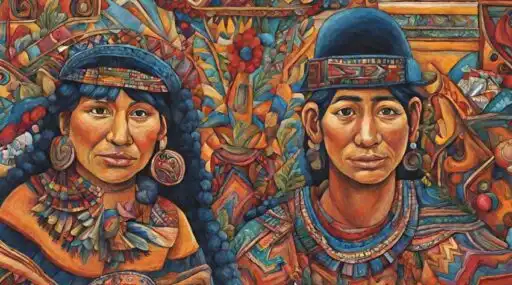
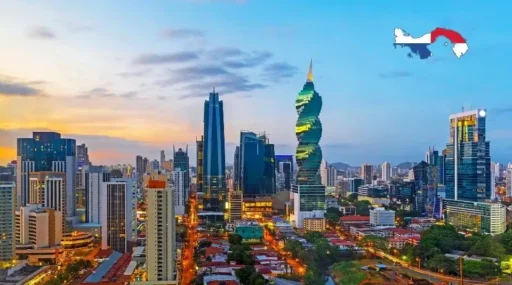



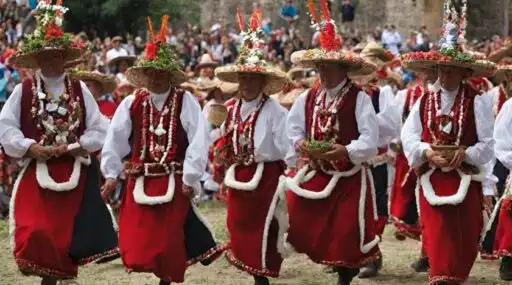


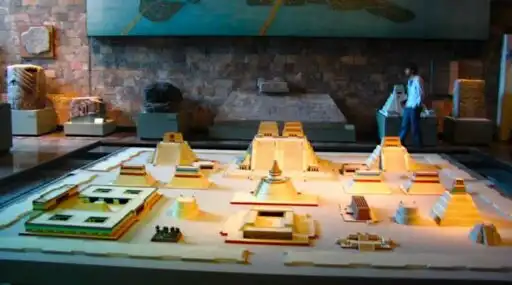


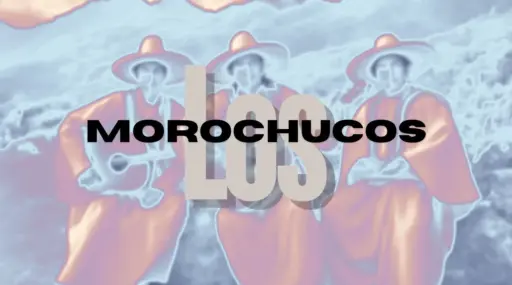
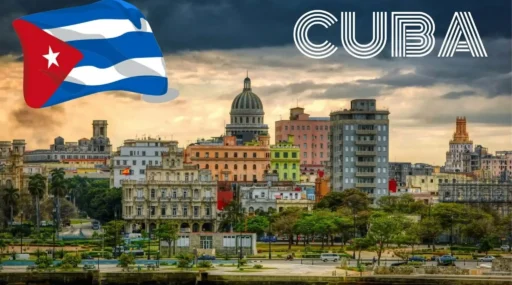
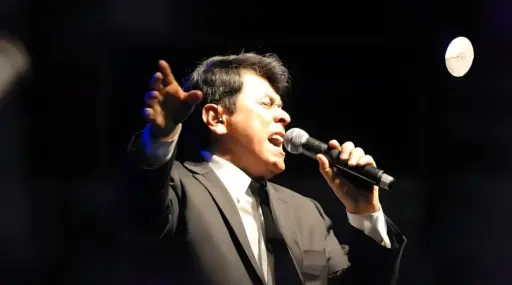


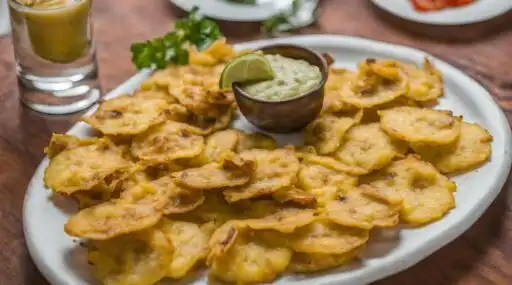

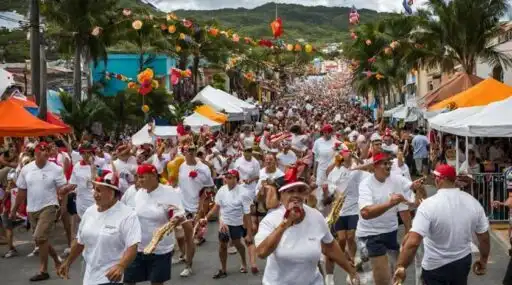
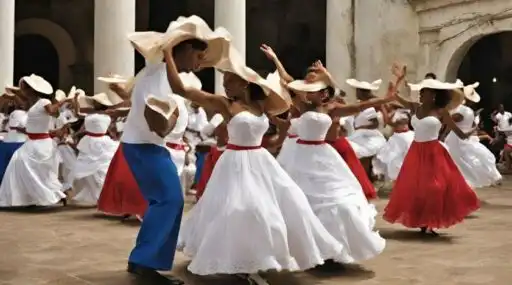




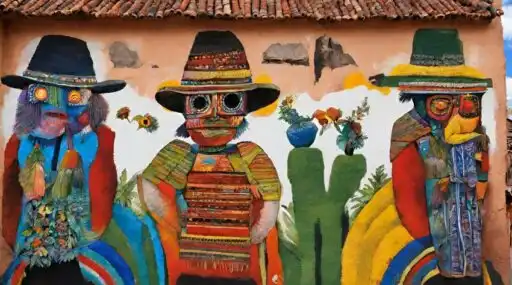
Leave a Reply